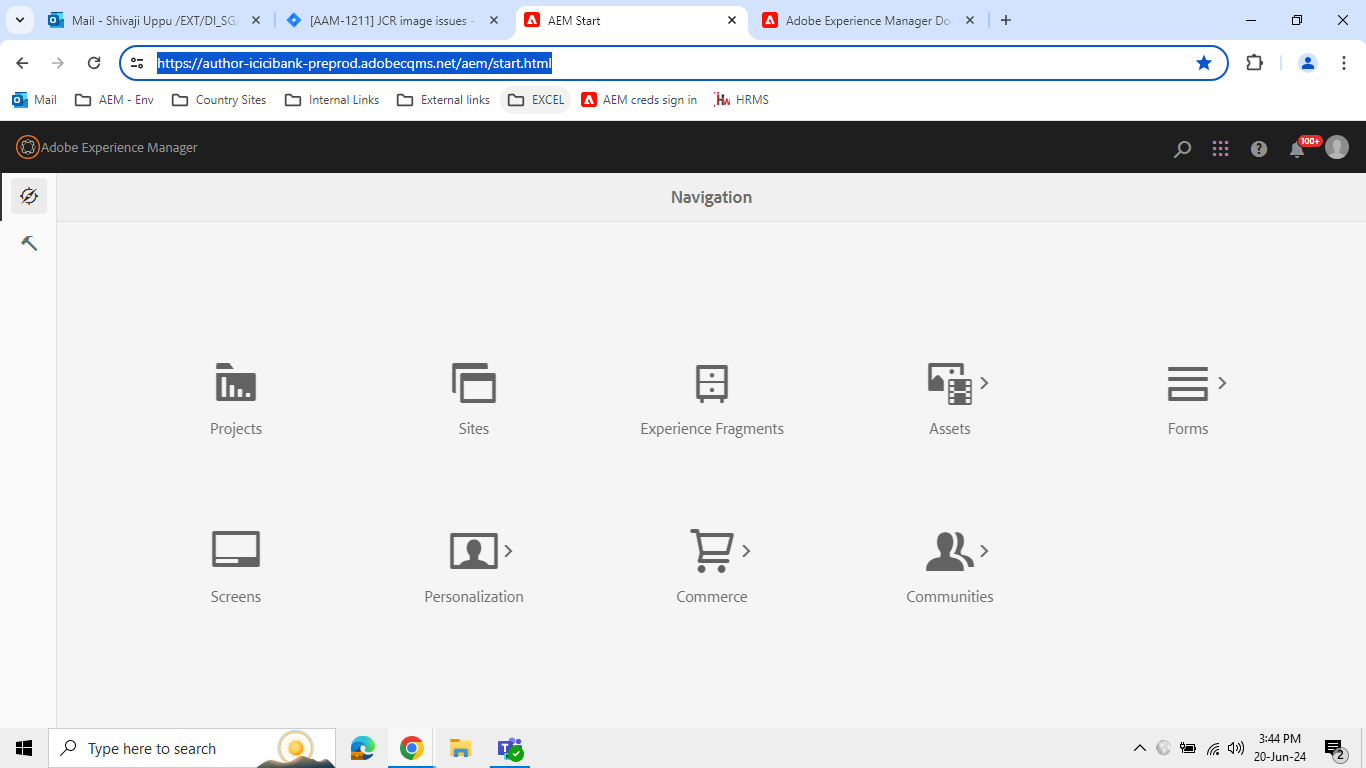THE
ORANGE
HUB
What is the impact of MCLR hike on Personal Loan rates? 5 Key questions answered

Are you planning to take a Personal Loan and are frequently exposed to the term MCLR? Does it impact the loan that you are applying for? Here are your answers!
1. What exactly is MCLR?
MCLR is the Internal Reference Rate that the Reserve Bank of India (RBI) has set for banks. It aims to determine the minimum rate of interest applicable across different types of loan. Also, the ultimate lending rate includes the risk spread and premium that the banks charge.
In simple words, MCLR is the lowest rate at which banks are allowed to extend loans to their customers. RBI introduced the MCLR method in 2016 to enable the borrowers to avail Auto Loans and Home Loans while ensuring a smoother transmission of the Central Bank’s Repo rate. The Repo rate refers to the rate at which the Reserve Bank of India lends its funds to different banks.
2. How does a Repo rate hike impact the MCLR of a bank?
Delving deeper into the MCLR rule, banks usually adjust their interest rate when there is a change in the Repo rate. As retail inflation is at an all-time high, owing to an increase in commodity prices, experts expect the Monetary Policy Committee of the RBI to increase the Repo rate by at least 25 base points from the current <4>%.
Since there is a chance of a hike, all banks are increasing their MCLR. However, the hike is applicable only on the floating interest rate loans like Personal Loans and never on the fixed interest rate loan.
For instance, if you get a 10.50% interest rate on the Personal Loan Eligibility Checkerof ICICI Bank, you can be rest assured that have secured quite a good rate in the current scenario of gradually increasing MCLR.
3. What happens to the the EBLR when the Repo rate increases?
EBLR (External Benchmark-linked Lending Rate) refers to a system parallel to the MCLR rule. In EBLR, banks tend to peg their lending rate to benchmarks like Treasury Bill rates or Repo rates. When the Repo rate increases, it can cause a consequent rise in EBLR, which makes loans more expensive.
4. How does an increase in the EBLR or MCLR impact borrowers?
When a bank increases its MCLR, borrowers need to pay more to service their Personal, Vehicle, Home and Auto loans. Consequently, their EMIs will increase in the upcoming months.
Going by the current scenario, experts are suggesting borrowers to prepare for an increase in loan EMIs, if inflation keeps getting stronger.
5. How can you deal with a gradual increase in the MCLR?
According to financial experts, you can either extend your loan tenure to decrease the EMI or opt for partial prepayment of loans to reduce your EMI.
Usually with an increase in the MCLR, banks keep the EMIs stagnant but extend the tenure of the loan to address the high interest load. However, increasing the tenure of Home Loans is impossible. In such instances, the bank increases the EMI which again raises the debt servicing load on borrowers.
To know more about Personal Loans interest rates and other details, get in touch with your nearest ICICI Bank Branch. Let’s make your financial decisions easier!
T&C apply.
Scroll to top











